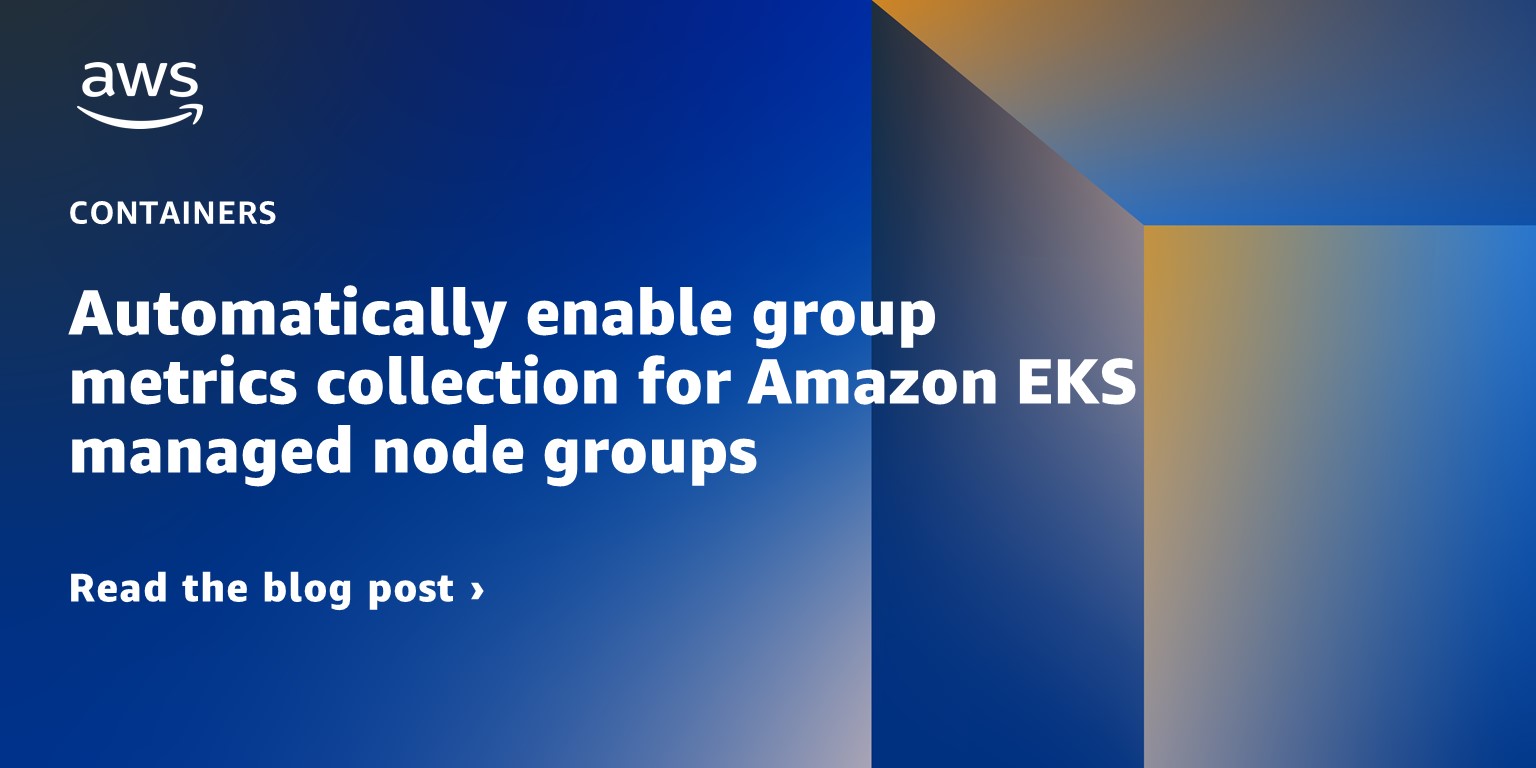Containers
Category: Application Integration
Enable Private Access to the Amazon EKS Kubernetes API with AWS PrivateLink
Introduction The adoption and large-scale growth of Kubernetes in recent years has resulted in businesses deploying multiple Amazon Elastic Kubernetes Service (Amazon EKS) clusters to support their growing number of microservice based applications. The Amazon EKS clusters are usually deployed in separate Amazon Virtual Private Clouds (Amazon VPCs) and often in separate AWS accounts. A […]
Using SBOM to find vulnerable container images running on Amazon EKS clusters
Introduction When you purchase a packaged food item in your local grocery store, you probably check the list of ingredients written to understand what’s inside and make sure you aren’t consuming ingredients inadvertently that you don’t want to or are known to have adverse health effects. Do you think in a similar way when you […]
Hosting Amazon Managed Workflows for Apache Airflow (MWAA) Local-runner on Amazon ECS Fargate for development and testing
Introduction Data scientists and engineers have made Apache Airflow a leading open-source tool to create data pipelines due to its active open-source community, familiar Python development as Directed Acyclic Graph (DAG) workflows, and an extensive library of pre-built integrations. Amazon Managed Workflows for Apache Airflow (MWAA) is a managed service for Apache Airflow that makes […]
Migrate cron jobs to event-driven architectures using Amazon Elastic Container Service and Amazon EventBridge
Introduction Many customers use traditional cron job schedulers in on-premise systems. They need a simple approach to move these scheduled tasks to AWS without refactoring while unlocking the scalability of the cloud. A lift-and-shift migration to Amazon Elastic Compute Cloud (Amazon EC2) is always a possibility, but that doesn’t take advantage of cloud-native services or […]
Enable continuous deployment based on semantic versioning using AWS App Runner
Introduction In this modern cloud era, customers automatically build, test, and deploy the new version of their application multiple times a day. This common scenario in the software development life cycle creates faster delivery of features, bug fixes, and other updates to end users. One key aspect of continuous deployment is semantic versioning, a system […]
Introducing Data on EKS – Modernize Data Workloads on Amazon EKS
Introduction We are thrilled to introduce Data on EKS (DoEKS), a new open-source project aimed at streamlining and accelerating the process of building, deploying, and scaling data workloads on Amazon Elastic Kubernetes Service (Amazon EKS). With DoEKS, customers get access to a comprehensive range of resources including Infrastructure as Code (IaC) templates, performance benchmark reports, […]
How to deploy your Quarkus application to Amazon EKS
This blog post is a continuation of an existing series of articles covering different use cases for Quarkus (Optimize your Java application for AWS Lambda with Quarkus and Optimize your Java application for Amazon ECS with Quarkus). In this blog post, I want to show how the Quarkus stack and additional extensions can be used […]
Monitoring the Amazon ECS Agent
Introduction Amazon Elastic Container Service (Amazon ECS) is a fully managed container orchestration service that allows organizations to deploy, manage, and scale containerized workloads. It’s deeply integrated with the AWS ecosystem to provide a secure and easy-to-use solution for managing applications not only in the cloud but now also on your infrastructure with Amazon ECS […]
Automatically enable group metrics collection for Amazon EKS managed node groups
Introduction Amazon Elastic Kubernetes Service (Amazon EKS) managed node groups automate the provisioning and lifecycle management of Kubernetes nodes (Amazon Elastic Compute Cloud (Amazon EC2) instances) for Amazon EKS Kubernetes clusters. Managed nodes are provisioned as part of an Amazon EC2 Auto Scaling group that’s managed for you by Amazon EKS. Amazon EKS doesn’t enable […]
Getting visibility into your Amazon EKS Cross-AZ pod to pod network bytes
Introduction Many customers use Amazon Elastic Kubernetes Service (Amazon EKS) to host their mission-critical applications. As a best practice, we ask our customers to spread their applications across multiple distinct availability zones (AZ). Because “everything fails all the time,” Werner Vogel, CTO, Amazon To achieve high availability, customers deploy Amazon EKS worker nodes (Amazon EC2 […]









